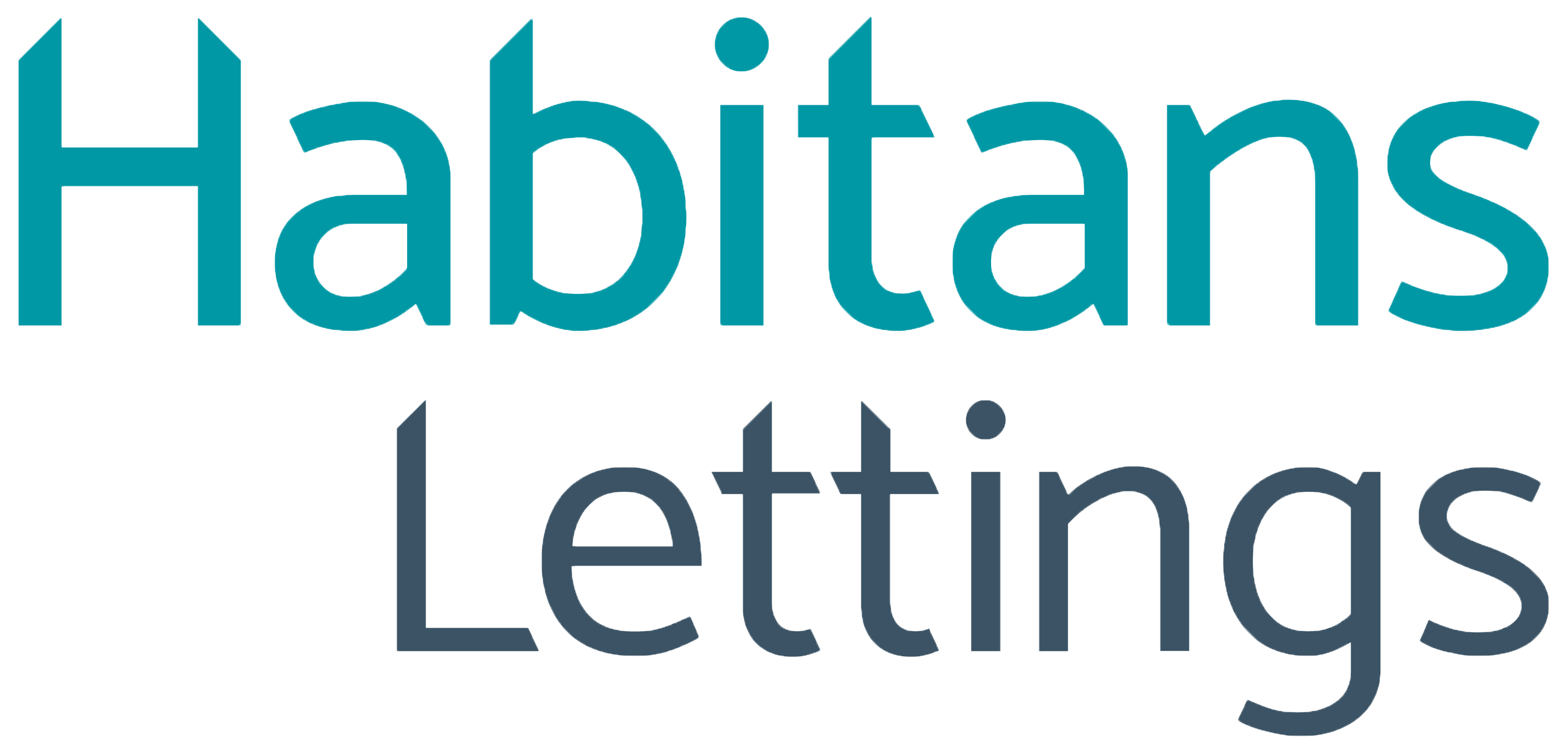Google Drive and Adobe fill and sign

Habitans New Tenancy Checklist
We use our New Tenancy Checklist to ensure all legal requirements and best practice recommendations are fulfilled. We save a blank copy of this in the Google Drive folder and use it as a ticked task list when creating a new tenancy. This document is signed by the tenant when everything is ticked off. It is another form of evidence if any disputes arise. The Checklist splits tasks in to Prior Documentation and On or After the Move in Day
Save pre existing documents in the Google Drive
Some tenancy documents already exist online and if all aspects of our Property Compliance and Best Practice Recommendations have been followed, the majority of the prior documentation will already exist!
How to rent guide: This must be provided to a new tenant by law and the latest copy is available online. It outlines tenants rights and provides them with guidance on a tenancy.
EPC, EICR, Gas Safety Certificate and Schedule of Condition – See our Property Compliance and Best Practice Recommendations.
Inventory and Schedule of Condition – We recommend completing an inventory report with corresponding photos and videos. We use Habitans inventory report template to document the condition of the property before a new tenancy. The photos and videos are uploaded to a Google Drive and shared with the tenant. Inventory reports are ideal when disputing the return of a deposit. The inventory report should detail aspects such as:
- any defects present in the property
- all meter readings
- all appliances working
- taps run water at good pressure and temperature
- stop taps work and location
- circuit board works and location
- radiators work and get hot all over
The report and corresponding photos and videos should be reviewed and signed by both the tenant and the landlord/ lettings agent. The tenant usually has an amount of time to review and sign the inventory report, we allow 7 days for this.
Send Prior Documents for Signing
Some documents need signing before or on the move in day:
Habitans AST (Assured Shorthold Tenancy Agreement) – This is the tenancy contract and outlines the expectations for all parties involved with the new tenancy.
Habitans Fair processing notice – This is required by law when collecting and storing tenants personal information.
Signing these documents before the move in day means there will be no surprises for any party when starting a new tenancy and it means a couple less things to do on the move in day!
On the Move in Day
There are a lot of things to remember on the move in day, using the Habitans New Tenancy Checklist and this guide ensures everything is covered:
Collect deposit and rent – The first thing to do is to provide the tenant with an invoice and get them to pay the deposit and first months rent
Check their Photo ID and take a photo for your records – This gives you peace of mind knowing they are who they say they are
Get the tenants Next of Kin details – These can be used if you can’t get in touch with the tenant for whatever reason
Provide the tenant with information on utilities – Explain if the property has meters or is on a prepayment setup, that they are responsible for the bills and they can change to any provider they wish
Show them where the shut off valves and fuse box are and how to operate
Provide the tenant with information on any equipment or appliances in the property – Ideally the manuals can be provided to the tenant, if not then show them how to operate
Take meter readings
Let the tenant know your procedure for raising maintenance issues
Test the smoke and carbon monoxide (CO) alarms with the tenants – This shows the tenant that they work and how to test themselves
Show the tenant any prescribed information on display – Fire escapes and fire procedure
Hand over the Keys!

After the Move in Day
Congratulations you have a new tenant moved into your property, just a few more steps until the new tenancy is completely set up:
Secure the deposit in a tenancy deposit scheme (TDP) – See our Property Compliance and Best Practice recommendations for more information on this (You have 30 days to do this)
Inform utility providers and the council that a new tenant has moved in and provide the meter readings – You don’t want to be billed for utilities or council tax after a tenant has moved in, so always inform the relevant providers and the council that you are no longer responsible for payments. There are providers that can do this for you, such as Homeshift.
Direct Debit setup – See our Property Compliance and Best Practice Recommendations for more information on this, it isn’t required but we definitely recommend it
Get the tenant to sign the Inventory Report – This must be signed no more than 7 days after the move in date. If this is stated on the inventory report it can be classed as signed and accepted after 7 days even if the tenant hasn’t signed, but it’s definitely better if they do sign
Once everything is ticked off the New Tenancy Checklist get the tenant to sign and save all documentation in the shared Google Drive folder.

Read our guide on Tenancy Deposit Protection
If you request a deposit from a tenant you must protect the deposit with a scheme. Our guide on Tenancy Deposit Protection explains everything you need to know.
Tenancy Deposit ProtectionYou can also see all of our guides for landlords and much more in our Library.
Library